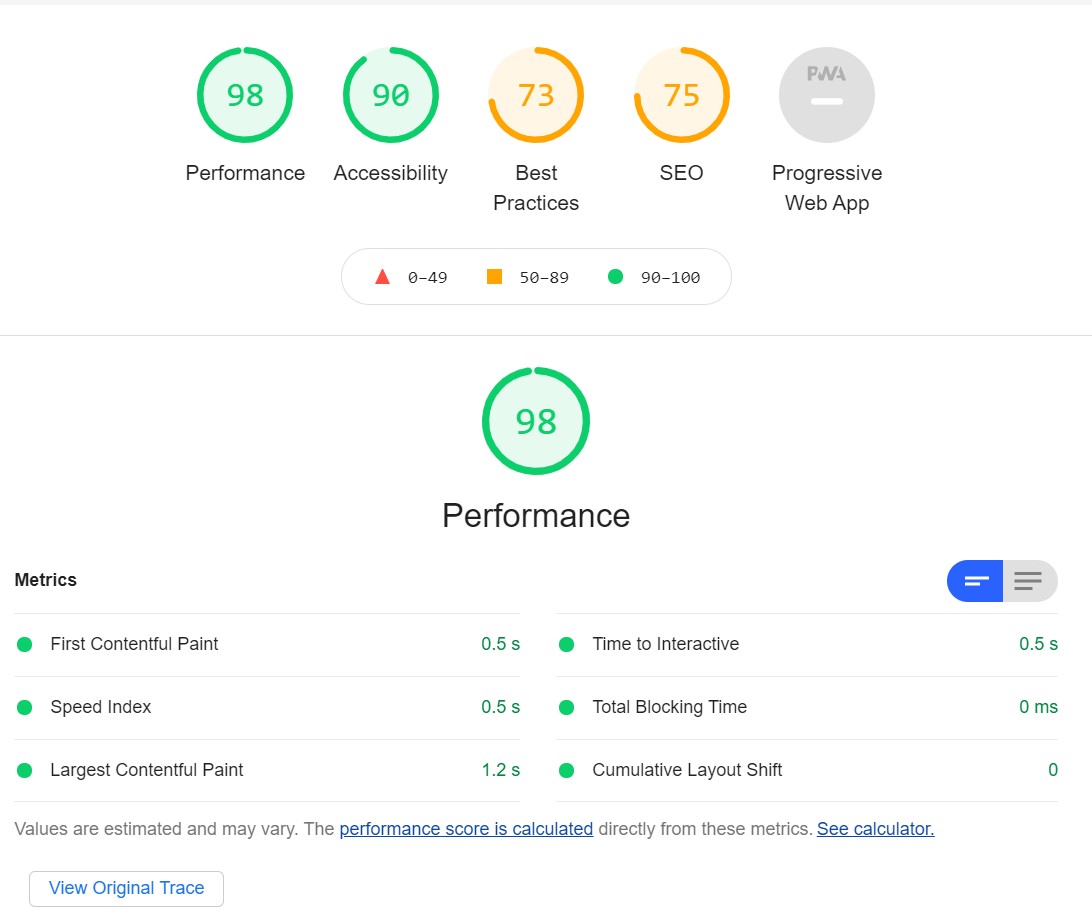
Site Migration Complete
We migrated the site to Jekyll on GitHub Pages for a faster, more accessible experience; see Lighthouse scores and DM me if you spot issues.

We migrated the site to Jekyll on GitHub Pages for a faster, more accessible experience; see Lighthouse scores and DM me if you spot issues.
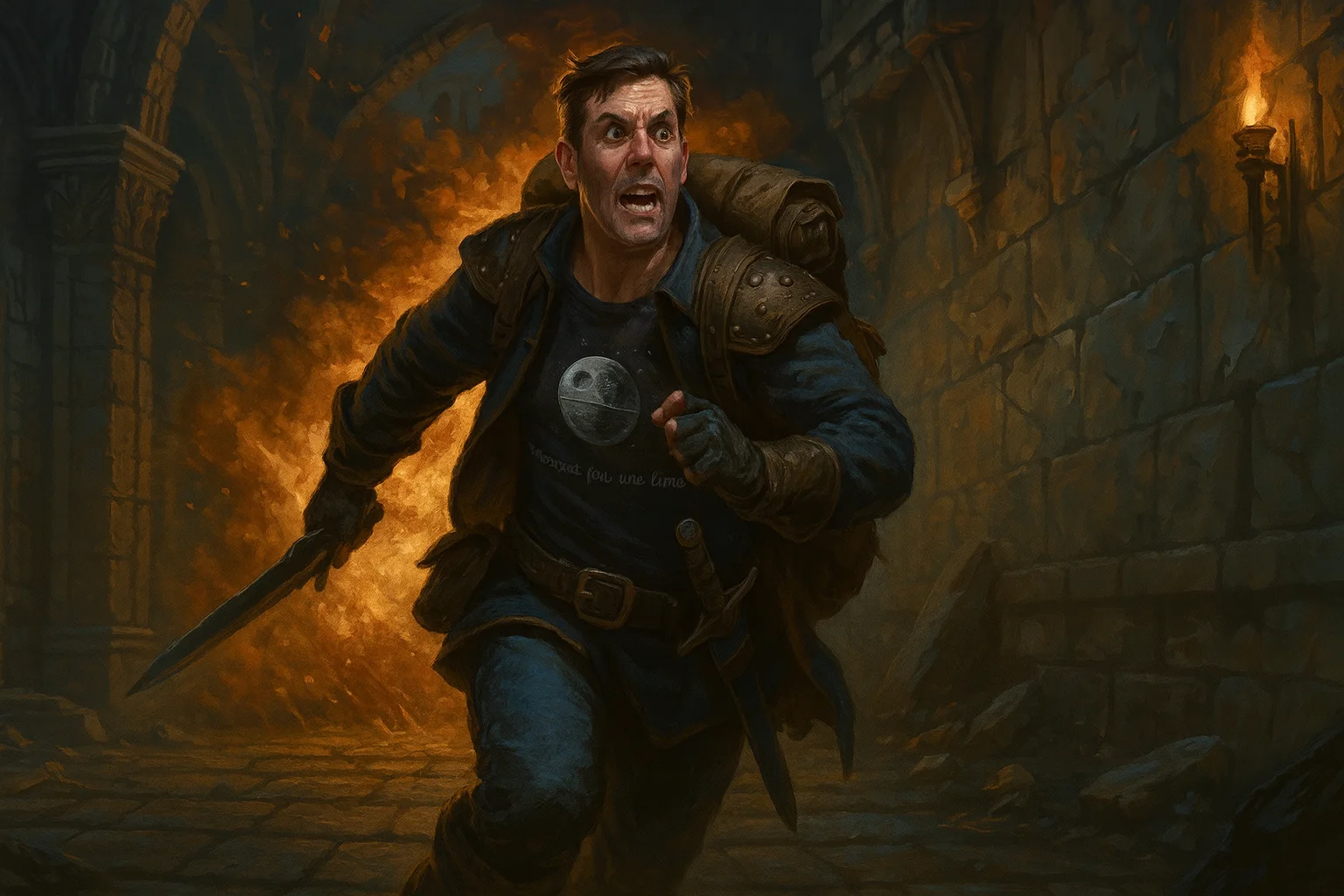
Testing 5e rule tweaks: reaction-based Dodge with next-turn limits and expanded grappling options, with community feedback invited.
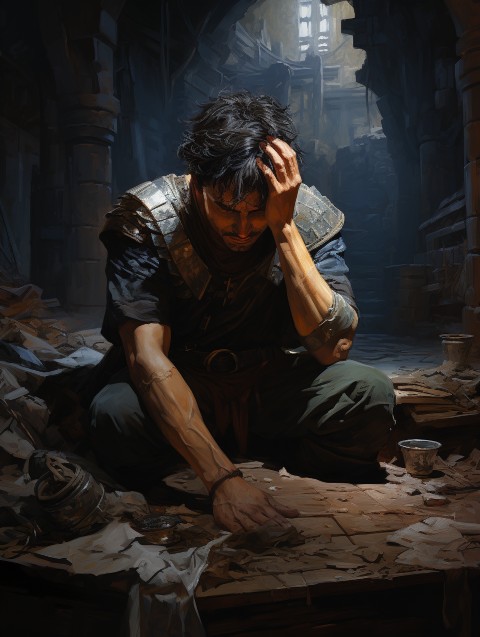
Advice for DMs on embracing failure as a tool in 5e, avoiding stalled plots, and using techniques like success-at-cost to keep play dynamic.
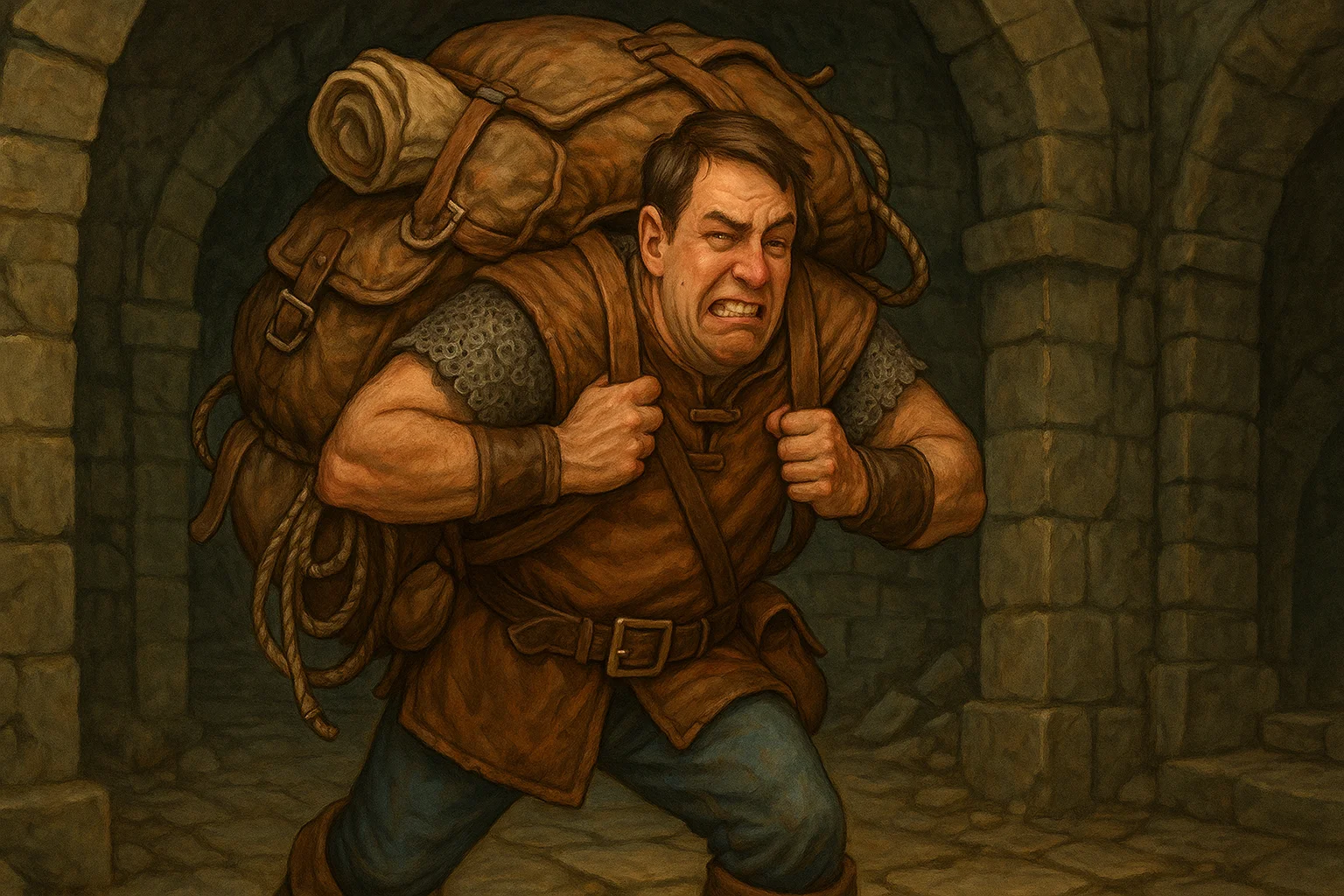
Analyzing 477 5e spells surfaces class save trends plus damage and condition profiles, offering guidance for vetting spells, subclasses, and encounters.
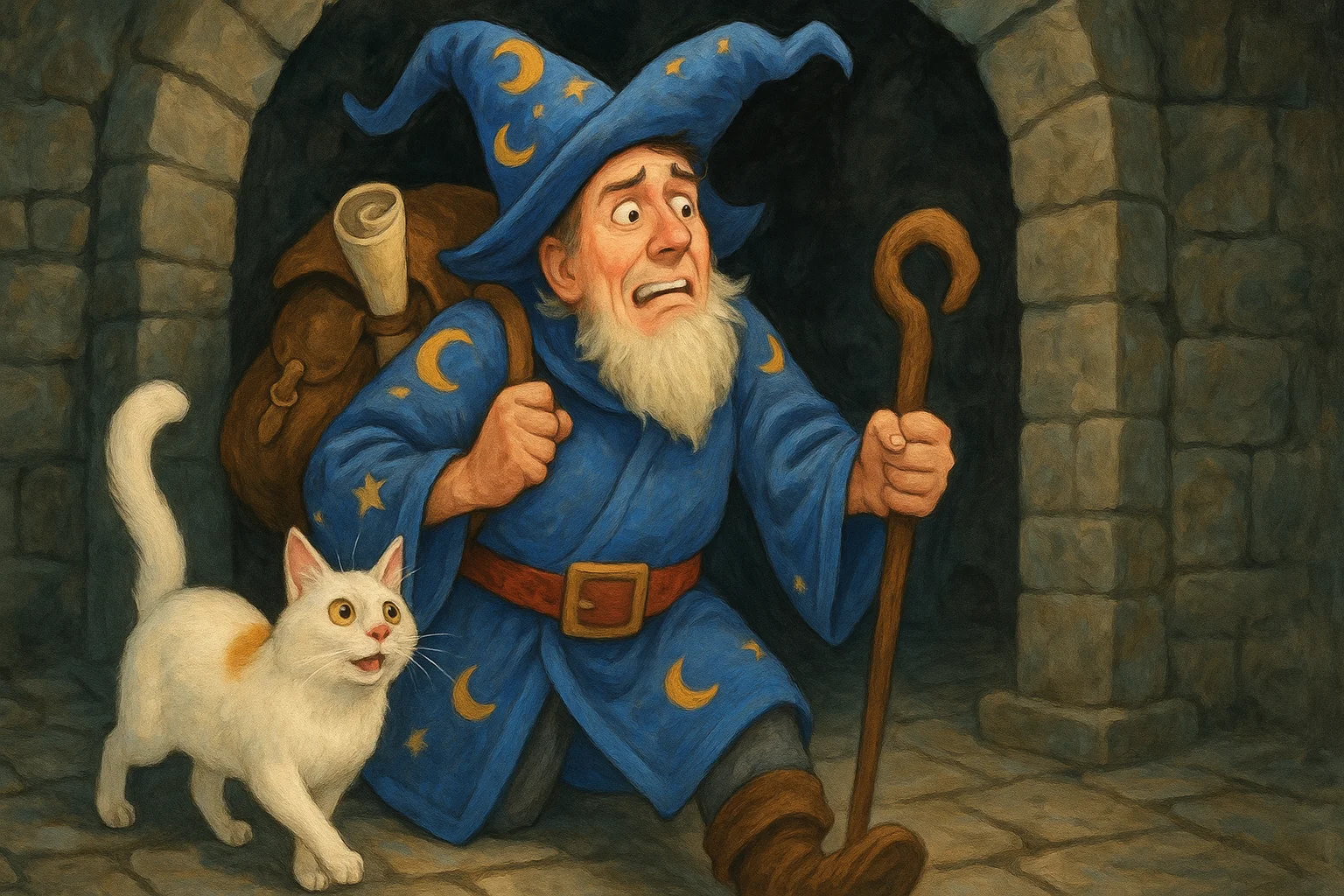
Data-driven look at monster weaknesses, resistances, immunities and save proficiencies by CR, with insights for spell choices and encounter design.

A parsed survey of 799 5e monster stat blocks reveals which tongues appear most, from Common and Draconic to Telepathy and obscure oddities.
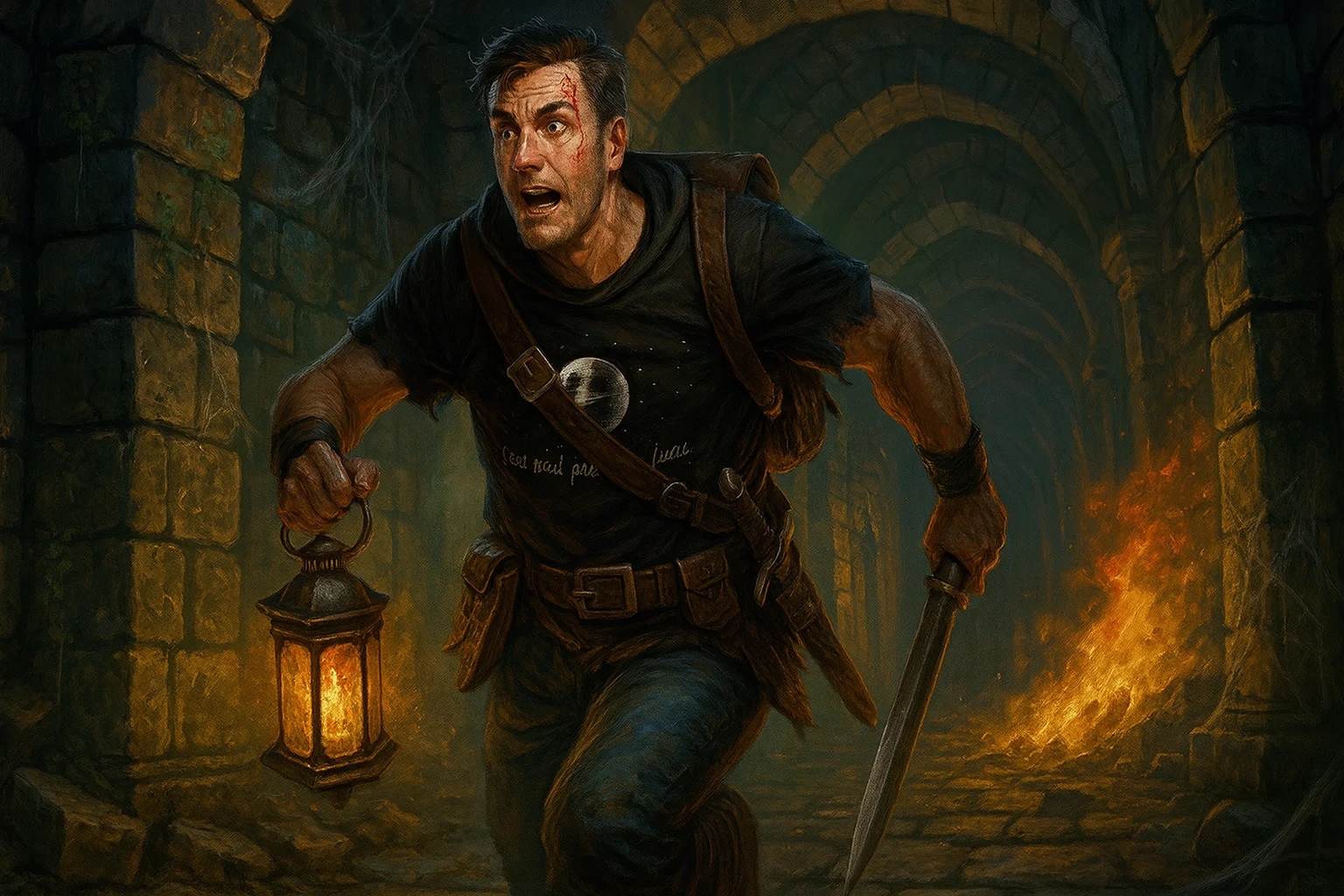
An insightful discussion on player and GM agency, misconceptions, trade-offs, mechanics, and the role of trust in shaping richer TTRPG experiences.
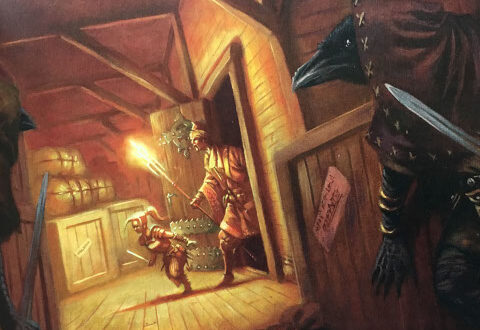
Clarifies 5e surprise: no surprise round, treat unaware vs unready distinctly, use situational checks, roll initiative normally, and keep combat flowing.

Curated links to stock art, free repositories, portfolio sites, and licensing guides for using imagery in RPG projects, with 5e/WotC policy highlights
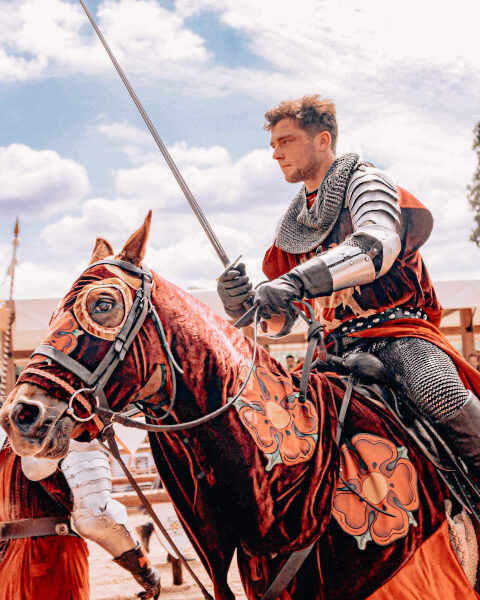
House rules for D&D 5e make mounted play dynamic: training levels, riding vs war mounts, shared initiative, bonding, bolting, bucking, and equipment.